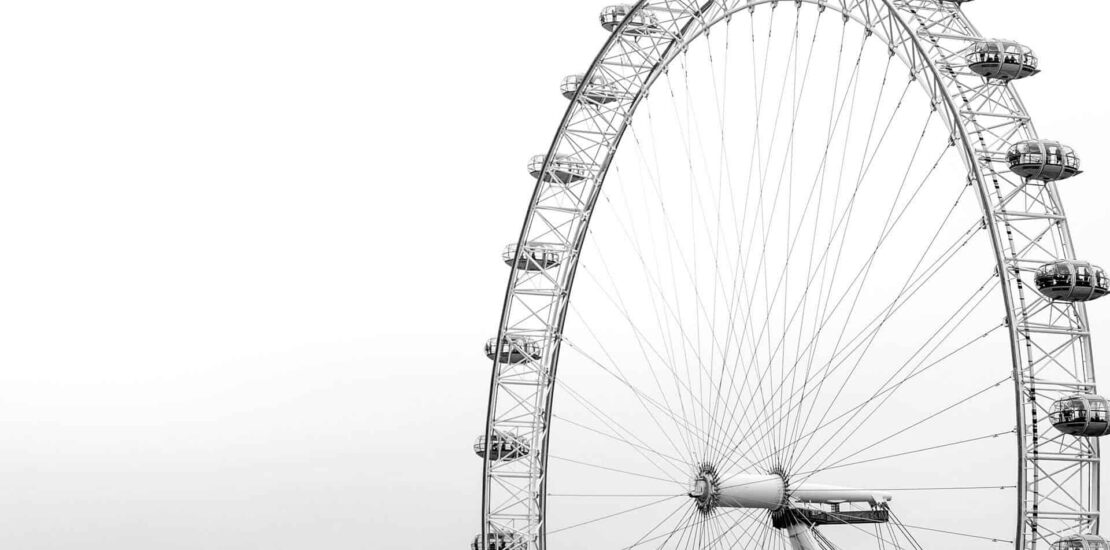Image Recognition in Python based on Machine Learning – Example & Explanation for Image Classification Model
- 22/01/2016
- Posted by: codeshunger
- Categories: Funding trends, Uncategorized

Let’s look at the photo below to understand how image classification works in our brains. The above photo can be interpreted as an old or a young woman. The dilemma occurs because image features can be interpreted in two different ways. This explains how our brain performs any image classification task. The brain tries to extract certain features out of the image. According to the extracted features, classification is performed.
The brain consists of neurons and weights connecting between them. Machine learning Algorithms follow the same design of brain structure as it has neurons in the so-called layer and weights connecting between them that are updated according to a specific loss function. Different neural networks mimic different brain functionalities. For example, recurrent neural networks mimic the memory part of the brain. One of the applications of convolutional neural Networks is brain functionality related to vision and Image recognition. This is the main focus of our article.
-
Applications of Image Recognition
Image Recognition is one of the key boosting metrics in today’s technology. It can be applied in a lot of domains. For example, in the gaming domain, many interesting features are offered that weren’t possible before without image recognition. Face recognition is used in one of the top-selling game, Honor of Kings, to identify user ages. Another application of Image recognition is in the medical sector. Medical images are trained on a revolutionized image recognition technology to detect several diseases much easier with minimal human interference. Skinvision is a healthcare app that can detect skin cancer with only your phone camera. Nevertheless, the car industry is investing at a fast pace in image recognition. It can enable speed prediction of the car by monitoring the behaviour of other moving objects and locations. Also, Researchers are close to image recognition that gives a chance to cars to see during the dark.
-
SkinVision
According to their website, “SkinVision introduces an integrated dermatology service as a preventive health medium that helps you stay on top of your skin health.” This app helps detect skin cancer by self-monitoring a mole on the skin and assessing the risk. Users can use the camera on their smartphone to take a picture(s) of the problem spots on their skin. Using AI, the app takes 30 seconds to conduct the scan looking for signs of cancer. A report is generated of low, medium, and high risk. SkinVision sets reminders for the users to retake the assessment. Image recognition experts keep track, and if a risk is detected, the user is immediately notified to approach their doctor.
-
How does Image recognition work in python
Image recognition in python gives an input image to a Neural network (the most popular neural network used for image recognition is Convolution Neural Network). This is the main focus of our article that will be discussed in detail shortly. The task is split mainly into two categories:
1. Classification of the image to a single category /multiple categories.
2. Identification of certain objects in an Image ( This can be done only for the purpose of detection, segmentation, object tracking in videos, etc..)
-
1. Convolutional layer:
Purpose: Detect certain features in the image.
Operation: The convolution of Input Image and feature detector (or filter) is used to detect certain features in the image. Convolution occurs in the same manner as digital signal processing. Convolution occurs in the same manner as digital signal processing. Feature detector values can be predetermined if you know what features to extract from the image, or values can be initialized randomly, and the network training process determines the best filter values that fit our model.
Output: The output of this layer is called a feature map. The size of the feature map is less than the size of the image. This has the advantage of making the computation process easier. A point to elaborate is that part of image information is lost due to decreased output size. However, this doesn’t cause a problem because the feature map’s values are different from the original image as they represent the locations where the highest detection of the filter is performed.
Leave a Reply
You must be logged in to post a comment.
